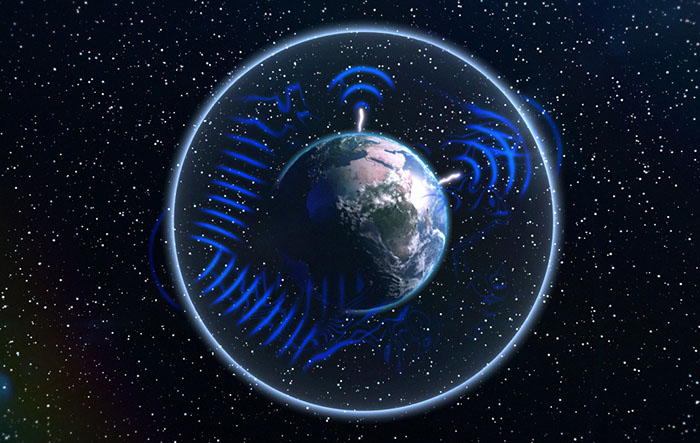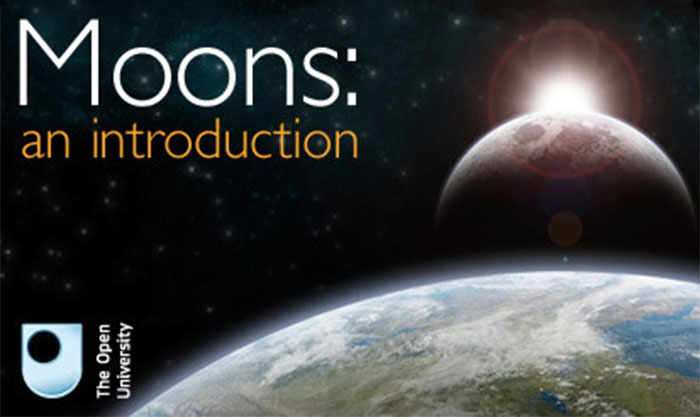A new citizen-science project from NASA is enlisting amateur astronomers to help discover near-Earth asteroids and study their characteristics.
The project, called Target Asteroids, will support NASA’s Origins Spectral Interpretation Resource Identification Security – Regolith Explorer (OSIRIS-REx) mission. OSIRIS-REx, which will study material from asteroid 1999 RQ36, is scheduled for launch in 2016.
Amateur astronomers participating in the project will help characterize the near-Earth asteroid population by recording their position, motion, rotation, and changes in brightness. Professional astronomers will use the information to refine theoretical models, improving their understanding of asteroids similar to the one OSIRIS-REx will encounter in 2019.
OSIRIS-REx will map the asteroid’s global properties, measure non-gravitational forces, and make observations that can be compared with data from telescopes on Earth. In 2023, OSIRIS-REx will return to Earth with 60 grams of surface material from the asteroid.
Previous observations indicate 1999 RQ36 is made of primitive materials. OSIRIS-REx data will provide new insights into the nature of the early solar system and the building blocks that led to life on Earth.
Amateur astronomers have provided tracking observations in support of NASA’s Near Earth Object Observation Program for more than 10 years. This traching data is important for selecting targets for asteroid missions such as OSIRIS-REx.
“Although few amateur astronomers have the capability to observe 1999 RQ36 itself, they do have the capability to observe other targets,” said Jason Dworkin, OSIRIS-REx project scientist at NASA’s Goddard Space Flight Center.
Partner organizations in the Target Asteroid program include the International Astronomical Search Collaboration, the Astronomical League, the Association of Lunar and Planetary Observers, Oceanside Photo and Telescope, the NASA Night Sky Network, the University of Arizona Mt. Lemmon SkyCenter, and the Catalina Sky Survey.
For more information on Target Asteroids, or to register for the program, click here.




